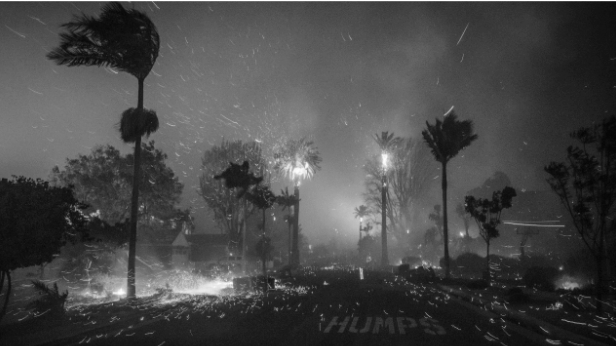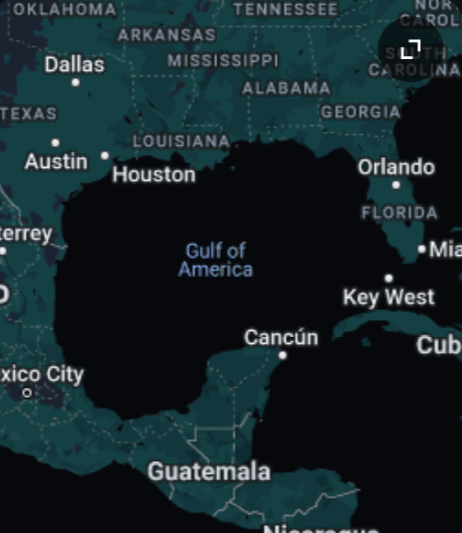Extreme tornadoes rip through Kentucky; Community clean up efforts
January 13, 2022
What started as multiple severe storms turned into several confirmed tornadoes ripping through counties in Kentucky on December 10. The first tornado was an EF-2 with 115-mile-per-hour winds, stretching 125 yards wide. The tornadoes caused significant damage to all the counties they hit.
Another county suffered a second tornado that was an EF-1 with raging winds of 105 to 110 miles per hour. The attacks continued with multiple other tornados springing up across Kentucky.
On top of the high winds, the Kentuckians were faced with the possibility of snow fall, wet roads, and standing water. Since then there have been 342 outages in Floyd County alone, along with 75 road closures.
Inevitably, Kentucky had been declared to be in a state of emergency. These strikingly powerful tornadoes were created by, “unseasonably warm and humid air combined with a powerful cold front created by the La Nina weather pattern.”
What was so unusual about the storms that created these tornadoes was it traveled 250 miles across four states over the course of roughly three hours. Scientific research suggests that tornado alley has been moving eastward.
Kentucky resident Jerika Durham’s first reaction to the news of the tornadoes was “fear and worry for the safety of […] [her] family and friends.” Because she lives on a family farm she was also “concerned about the livestock and farm animals.”
Due to past experiences with tornadoes in her area, she “predicted that there would be some damage to buildings and farmland. There were several fatalities and a few people were also injured due to flying debris.” What Durham did not predict was “that there would be so many fatalities and injuries.”
She was also shocked by the “economical impact Kentucky would face following the tornado damage. Thousands of dollars were lost due to building and farmland damage which financially hurt many individuals who rely on farming as a primary source of income.”
As a result, “the economic impact of the tornadoes on low-income communities was severe. There was also substantial damage to many homes and buildings which would be difficult to repair. Some homes were completely destroyed due to the storms.”
In response to the destruction, organizations like “FEMA [Federal Emergency Management Agency] and Western Kentucky” have offered help to the affected communities. Durham also explained how “tornado relief funds have been established to help promote recovery efforts in communities impacted by the storms. Many people outside the community have also offered assistance.”
The Kentuckian added that “a lot of people impacted by these storms have come together to help each other. Neighbors have offered assistance to people who have damaged homes or farmland.”
When it comes to preparing in the future Durham does not think there is an, “easy way to prepare for a disaster like these storms. People in the community can try to build back and reinforce buildings, but that would require more money and sometimes that is not an option for a low-income family.”
She does believe “this experience will increase awareness of storms like this and also build stronger bonds in the community.”
















